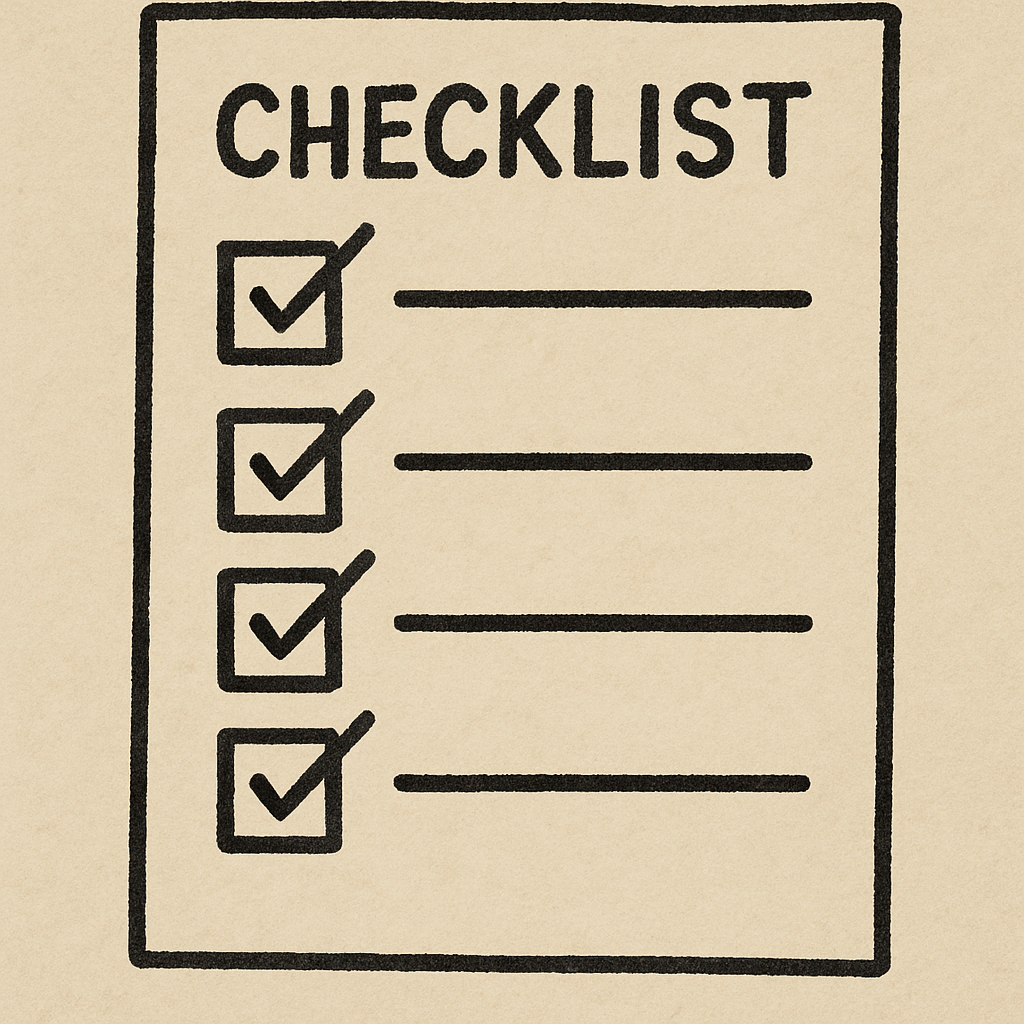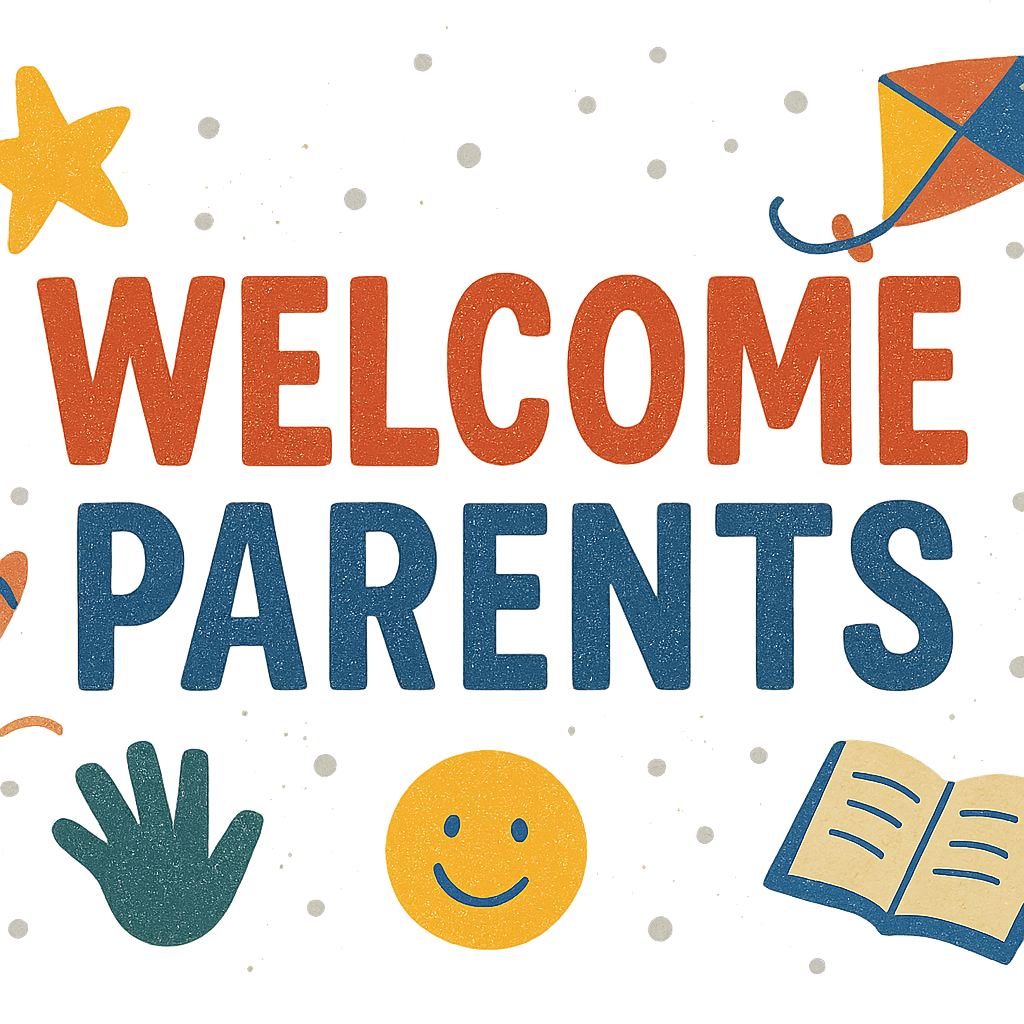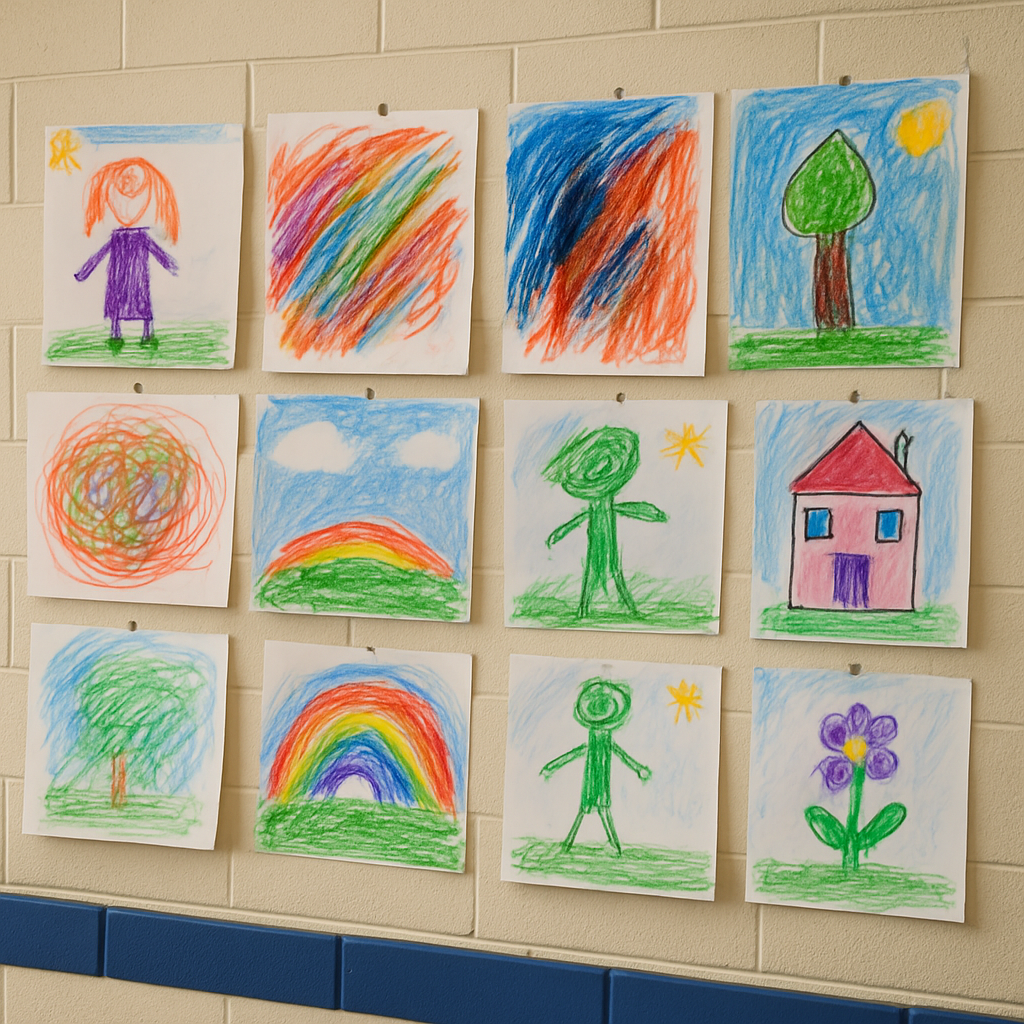Prepare your classroom for meet the parent night
Meet the Parent Night is a pivotal school event. It sets the tone for the entire academic year.
Teachers have a unique opportunity to connect with parents. This connection fosters a supportive learning environment.
Preparation is key to a successful teacher-parent meeting. It ensures the event runs smoothly and effectively.
A well-prepared classroom can make a lasting impression. It shows professionalism and dedication to student success.
This guide will help you with meet the parent night preparation. You’ll find practical tips and strategies to enhance your event.
Why Meet the Parent Night Matters
Meet the Parent Night is crucial for building a strong partnership. It offers a chance for teachers and parents to collaborate. This collaboration supports student growth and development.
For parents, this event is a rare opportunity to see the classroom environment. It helps them understand daily routines and educational goals. This understanding is vital for supporting their child at home.
Key benefits of this night include:
- Strengthening teacher-parent relationships
- Clarifying academic and behavioral expectations
- Providing a platform for open communication
These benefits lay the foundation for a successful school year.
Start with Early and Thoughtful Planning
Starting your preparation early ensures an organized event. Begin by setting clear objectives for the meet the parent night. Consider what you wish to communicate and achieve.
It’s essential to develop a timeline to manage your tasks. Break down large tasks into manageable steps. A timeline helps you stay on track and reduces last-minute stress.
Involve other school staff if possible. Collaboration can enhance efficiency and lead to new ideas. Together, you can ensure a seamless event experience.
Create a detailed list of essential items to address:
- Classroom arrangement
- Presentation materials
- Parent engagement strategies
Preparation sets the stage for a productive and meaningful teacher-parent meeting. Your efforts will contribute to a positive and engaging school event.
Creating a Welcoming Classroom Environment
First impressions matter, especially during a meet the parent night. Your classroom should feel inviting. Begin by ensuring it’s clean and organized. A tidy room sets a positive tone.
Add personal touches to the room. Consider displaying student art or projects. These displays can spark conversations and demonstrate student achievements.
Arrange seating to facilitate easy interaction. A circular or semi-circular setup can encourage dialogue. This arrangement helps parents feel more involved and at ease.
Consider adding some hospitable elements, like refreshments or soft background music. These simple touches can enhance the atmosphere. Parents will appreciate the effort and feel more comfortable.
Include elements such as:
- Friendly signage at the entrance
- Clear pathways for movement
- Fresh flowers or plants as decor
These strategies help create a positive and welcoming environment for a successful teacher-parent meeting.
Organizing Materials and Displays
Preparation is key when it comes to showcasing your classroom effectively. Organize materials that parents need to review. These can include handouts, curriculum outlines, or class schedules.
Displaying work enhances parent engagement. Create areas to highlight student achievements and projects. This not only shows student progress but also their involvement in class activities.
Use visual aids to make the displays more informative. Consider charts or infographics to provide detailed information. These can convey complex information simply and effectively.
Essential components to include:
- Student artwork and projects
- Class schedules and syllabi
- Curriculum outlines and goals
These elements help parents understand the classroom dynamics and the learning environment.
Setting the Agenda and Sticking to It
An organized agenda ensures the meeting runs smoothly. Outline the main topics you will cover, ensuring important information is highlighted and nothing essential is missed.
Timing is crucial to respect parents’ schedules. Allocate specific time slots for each topic. This method will help maintain focus throughout the meeting, avoiding unnecessary tangents.
Include time for questions and feedback. This interaction promotes a cooperative atmosphere. A well-structured meeting allows for meaningful exchanges, maximizing the benefit for both parents and teachers.
Key agenda elements might include:
- Welcome and introduction
- Curriculum overview
- Classroom rules and expectations
- Q&A session
Such a plan can guide the meeting effectively, making it more productive for everyone involved.
Effective Communication Strategies
Effective communication is vital for a successful teacher-parent meeting. Start by using clear and straightforward language. Avoid educational jargon that may confuse parents.
Visual aids can enhance understanding. Use charts, graphs, or videos to explain complex topics. These tools make your points more accessible and engaging.
Active listening is equally important. Encourage parents to share thoughts about their child. Show genuine interest in their concerns, and offer feedback that demonstrates understanding.
Providing multiple contact options is key. Offer to communicate through email, phone, or meetings. Ensuring parents can reach you easily builds trust and fosters ongoing collaboration.
Effective strategies include:
- Using visuals to support your points
- Encouraging parent participation
- Offering clear contact methods
Maintaining open lines of communication helps to create a supportive partnership between home and school.
Showcasing Student Work and Achievements
Display student work to celebrate their achievements. Highlight recent projects, art, or essays to demonstrate progress. This instills pride in students and impresses parents.
Arrange displays thoughtfully. Ensure they’re eye-catching and easy for parents to view. Consider labeling each piece with student names and a brief description of the assignment.
Strategies for showcasing work include:
- Featuring a variety of projects
- Labeling each piece clearly
- Creating an engaging display
Encouraging student pride and parental involvement in their child’s achievements strengthens the home-school connection.
Preparing Presentations and Handouts
Prepare a concise and clear presentation to share essential information. Visuals and multimedia elements can enhance understanding and keep parents engaged. Consistency in visuals makes the presentation more impactful.
Handouts are vital for parents to take home. They offer a reference for later discussions. Include key details such as class expectations, important dates, and contact information.
Ensure your handouts contain:
- Class rules and expectations
- Key contact details
- Upcoming events and important dates
Effective presentations and handouts ensure parents have the tools to support their children.
Engaging Parents: Questions, Feedback, and Collaboration
Encourage active participation by inviting questions from parents. This shows you value their input and concern. Create a space where parents feel comfortable speaking up.
Collaboration between teachers and parents leads to a supportive learning environment. Ask for feedback on your plans and seek suggestions. This fosters mutual respect and continuous improvement.
Consider these ways to promote engagement:
- Invite questions during the meeting
- Request feedback on classroom strategies
- Encourage collaboration through open dialogue
Strengthening parent-teacher relationships increases student success. Keep the conversation going beyond the meeting.
Addressing Common Parent Concerns
Parents often have specific concerns about their child’s education. Be prepared to address common topics like academic progress and classroom behavior. Transparency helps build trust and eases worries.
Use this time to clarify policies and expectations. Parents appreciate knowing how they can support their child’s learning journey. Anticipate questions about these areas:
- Academic performance and progress
- Homework policies and expectations
- School safety and protocols
Being well-prepared with answers promotes a positive teacher-parent interaction. It also reassures parents about their child’s educational experience.
Highlighting School Policies, Events, and Opportunities
Sharing information about school policies is crucial for setting clear expectations. Discuss essential policies that impact students’ daily life, such as attendance and behavior guidelines. Parents feel more connected when they understand the rules.
Outline upcoming school events and opportunities that encourage parent involvement. Highlighting activities like extracurricular clubs and volunteering increases engagement. Make sure parents know how they can participate.
Key areas to cover might include:
- Attendance policies and punctuality
- Upcoming events like school plays or sports meets
- Opportunities for volunteering or committee involvement
These details help foster a strong school community and keep parents in the loop.
Wrapping Up and Following Through
Concluding the evening on a positive note leaves a lasting impact. Thank parents for their time and input, showing appreciation enhances the teacher-parent bond.
Ensure you follow up with parents after the event to maintain engagement. Personalize follow-ups and address any individual concerns noted during the meeting.
Consider these follow-up actions:
- Send personalized thank-you emails
- Share a summary of key points discussed
- Offer additional resources or reading materials
This post-event interaction demonstrates your commitment and keeps lines of communication open.
Meet the Parent Night Preparation Checklist
Having a checklist can streamline your preparation. It ensures nothing important is overlooked. Start by listing the essentials that align with your goals for the night. Adjust your checklist to fit the unique needs of your classroom and school community.
Here’s a basic checklist to get you started:
- Set up a welcoming classroom environment
- Prepare student work displays
- Create a detailed agenda
- Organize handouts and presentations
- Arrange seating for easy movement
- Test all technological equipment
- Set up a sign-in sheet and name tags
- Arrange refreshments

Using a checklist helps you to manage each component smoothly. Prioritize tasks that enhance communication and foster a collaborative atmosphere.
Final Tips for a Successful Teacher-Parent Meeting
A successful teacher-parent meeting hinges on preparation and approachability. Keeping calm and welcoming will set a positive tone. Be genuinely interested in hearing from parents. Their insights matter just as much as yours.
Consider these additional tips to enhance the experience:
- Use positive language to create a supportive environment
- Be concise to respect parents’ time
- Encourage feedback by asking open-ended questions
- Highlight strengths, not just areas for improvement
Conclude the meeting with clear next steps and follow-up actions. Remember, this is a partnership for the student’s benefit. Building trust and rapport helps pave the way for successful future interactions.











